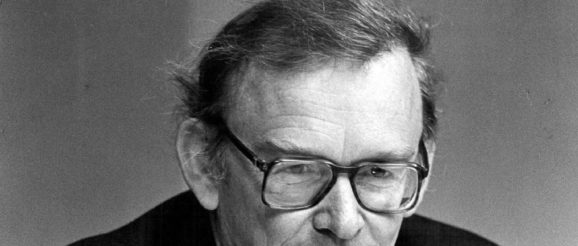Neal R. Peirce, Who Put Spotlight on Urban Innovation, Dies at 87 – The New York Times

Local government leaders came to embrace Mr. Peirce’s guidance, and he received countless invitations to deliver keynote speeches at conferences on city planning, urban redevelopment and growth development strategies.
“Neal did this work for years and years, well before others took notice, and well before it got popular,” said Richard Florida, a professor of urban studies at the University of Toronto and the author of “The Rise of the Creative Class: And How It’s Transforming Work, Leisure and Everyday Life” (2002). “He attracted national attention to innovative local government. Smarter government.”
Neal Rippey Peirce was born in Philadelphia on Jan. 5, 1932, and raised in a wealthy family in the city’s Chestnut Hill section. He was the youngest of four children of parents who were direct descendants of families that had emigrated on the Mayflower.
His father, John Trevor Peirce, graduated from the Massachusetts Institute of Technology and in 1926 joined two other M.I.T. graduates — his brother, W. Grant Peirce Jr., and Charles M. Phelps — to found Peirce-Phelps, one of the largest electrical equipment distribution companies in the nation.
His mother, Miriam deSteiger Litchfield Peirce, graduated from Vassar College and earned a degree in psychiatric social work at Smith College. As a young woman during World War I, she treated wounded soldiers in Canada.
Mr. Peirce always knew what he wanted to do. When he was in the third grade at the private Westtown School in Pennsylvania, he used a tiny press to briefly publish a paper in the early 1940s on the news of the day. Administrators told his parents that the publication had to cease because their son’s opinions on politics, war and other contentious topics were not welcome at Westtown, a Quaker school.
Mr. Peirce attended Princeton University, where he was editor of the campus newspaper The Daily Princetonian. He graduated in 1954 as a member of the Phi Beta Kappa honor society with a bachelor’s degree in history and humanities. That same year, he enlisted in the Army, attended Intelligence School in Maryland, learned German at the Army Language School in Monterey, Calif., and was assigned to the 66th Counter Intelligence Corps in West Berlin.
